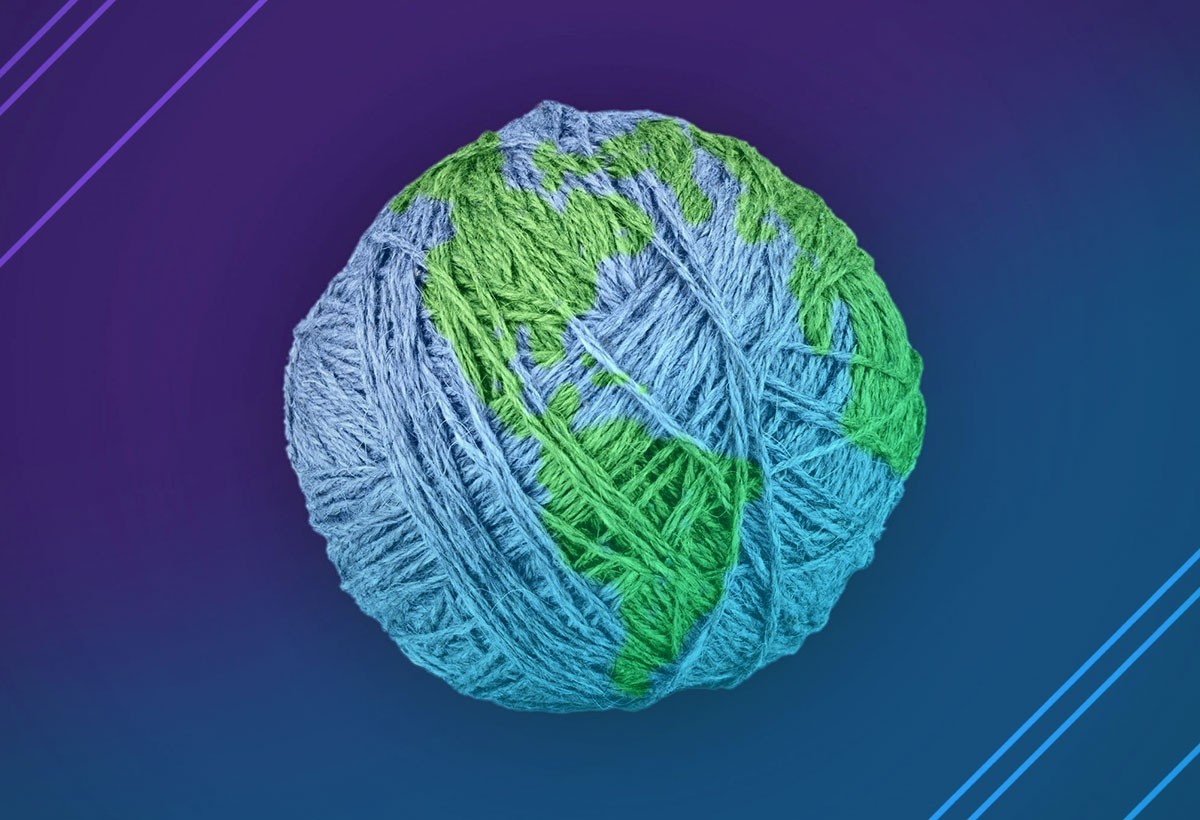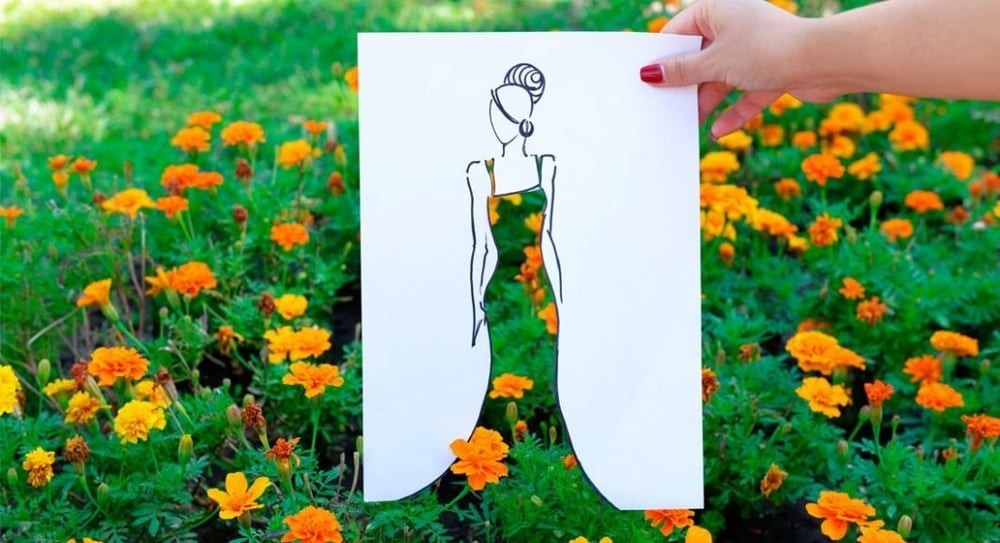Drag Explore
The circular economy in the textile industry
Contrary to the traditional linear production model, in the circular economy, the resources used are part of a closed cycle, so that nothing is thrown away.
Euronews visited an Italian textile company that has developed an innovative approach to the circular economy.
Founded almost 100 years ago, Pará produces awnings and outdoor furniture. Some of the Italian company's products decorated the White House during the presidency of Barack Obama. But Pará is aware of the environmental impact of the textile industry.
Rethinking the life cycle of products in the textile industry
“Pará has always maintained a policy that respects natural resources. We have invested in a water and sewage treatment plant, we have a co-generation plant to obtain hot water and steam and photovoltaic panels to obtain clean solar energy”, Matteo Parravicini, president of the Italian company, told euronews.
The company is studying a way to recover and reuse old products from customers that have reached the end of their life cycle.
“Our environmental approach is important because we don't have a Planet B and we know that our processes have an impact on the environment. The search for sustainable products has become the real key to the future. Our market requires companies to invest in this field," added the company's president.
Only 1% of textile industry waste is recycled
But it is not easy to articulate the different elements to implement a circular economy. Worldwide, it is estimated that less than 1% of textile waste is recycled.
One of the biggest challenges of fabric recycling is the removal of certain substances used in finishes, mainly acrylic. The Italian company has teamed up with a second company to respond to the challenge, as part of the European Horizon 2020 REACT project.
“Acrylic fabrics have chemicals with specific properties, for example, antimicrobial characteristics. However, these substances can be dangerous, particularly for the environment, and must be removed. And that is what we are doing”, Roberto Vannucci, Manager in the Research and Innovation areas, at Centrocot, told euronews.
The European Green Pact supports the circular economy
“Instead of ending up in a landfill or being incinerated, it will be possible to recycle and reuse acrylic fibers for the production of new fabrics or products. In addition, the same approach can be used for other fabrics made with other fibers."
As part of the European Green Deal, the European Commission this year presented the Action Plan for the Circular Economy. A strategy that aims, in particular, to strengthen innovation in the textile sector and substantially increase the collection, reuse and recycling of products.
blog
All Articles


